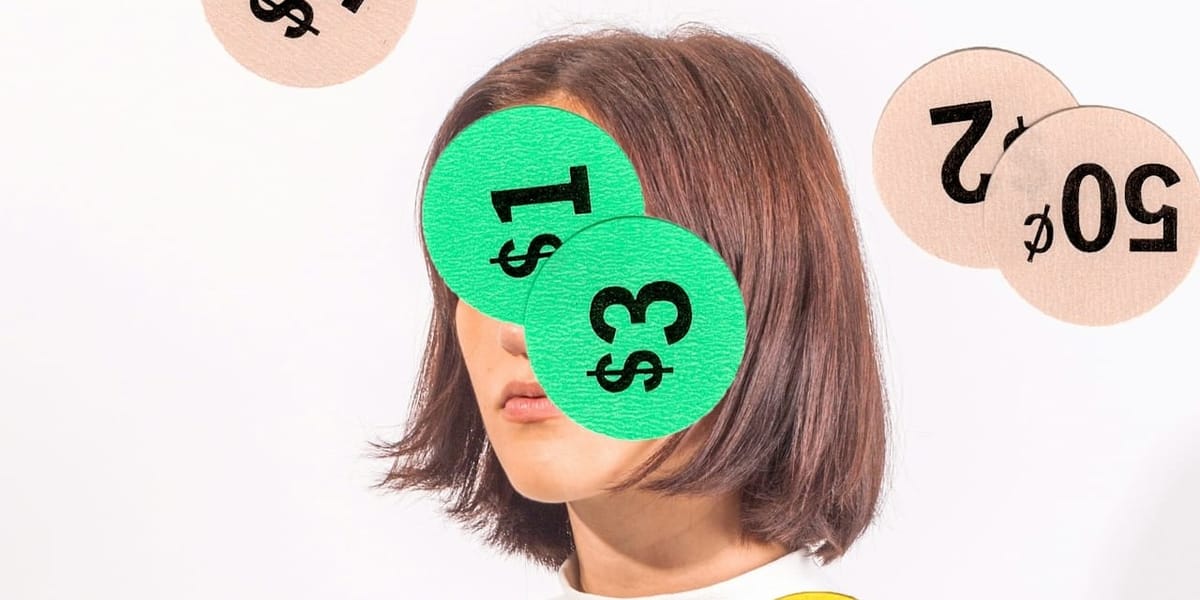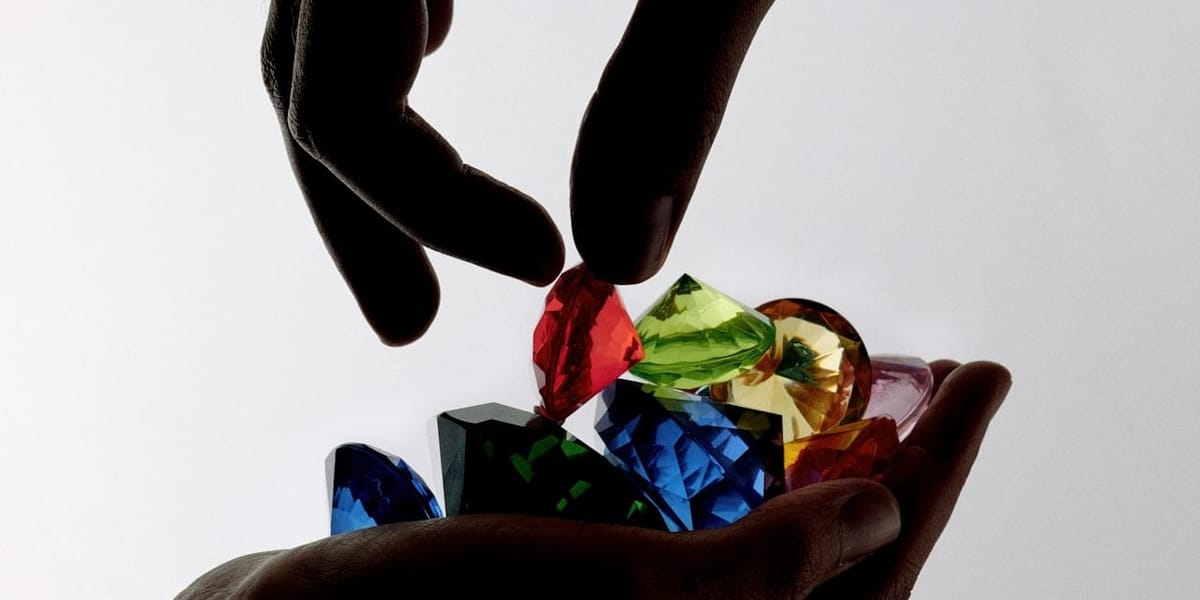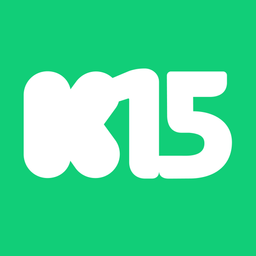The Psychology of Pricing Your Rewards: 7 Strategies Every Creator Should Know
Explore the psychological strategies behind reward pricing to attract more backers and optimize your Kickstarter campaign’s success.

Pricing your rewards is more than just setting dollar amounts based on the manufacturing cost; it’s about understanding how backers perceive value and making your rewards irresistible. A well-thought-out pricing strategy can increase engagement, boost pledge amounts, and create a repeatable framework for successful future campaigns.
So let's dive into the psychology behind pricing your rewards and explore strategies to optimize your campaign.
Anchor Your Pricing with a “Decoy” Option
The Power of Comparison
Anchoring is a psychological concept where people rely heavily on the first piece of information they see (the anchor) when making decisions. In the context of rewards, adding a higher-priced “decoy” option next to your main rewards can make those other tiers feel more accessible and valuable.
The term "decoy" might be common in business, but let's make sure to offer rewards that we can genuinely fulfill. It's important that all rewards are realistic and achievable. When it comes time to deliver, you’ll be responsible for fulfilling all the pledges, including those higher-tier rewards.
How to Use Anchoring Effectively:
- Introduce a Premium Option: Include a high-priced reward that showcases your most exclusive offerings, even if it’s not expected to be popular.
- According to our rules, it is not possible to set a reward tier value higher than the maximum pledge amount allowed for the project's location. This maximum pledge amount varies depending on the project's country.
- Learn more about our rules.
- Encourage Middle Tiers: By anchoring with a premium option, mid-tier rewards appear more affordable and increase the likelihood of choosing them.
- Highlight Value: Explain why the decoy option is higher priced, creating added value for your other tiers.
Create a “Good-Better-Best” Structure
Offer Choices Without Overwhelming Backers
Presenting a clear, tiered structure of rewards (Good, Better, Best) helps backers compare options and select a level they feel comfortable with. This structure provides a sense of control and choice, appealing to a broad range of backers while subtly nudging them toward higher tiers.
Tips for Building a Good-Better-Best Model:
- “Good” Tier: An entry-level tier with core benefits, accessible to budget-conscious backers.
- “Better” Tier: A mid-tier level that offers additional value, often where most backers gravitate.
- “Best” Tier: A premium tier with exclusive perks for super fans or supporters who want something special.
Use Charm Pricing to Make Prices Feel More Attractive
The Appeal of Ending Prices in 9
Charm pricing, or ending prices with the number “9” (e.g., $49 instead of $50), is a subtle tactic that has a significant impact. Studies show that prices ending in 9 are perceived as better deals, even if the difference is minimal. This technique can be effective at lower reward tiers, making the prices feel more accessible.
Charm Pricing Best Practices:
- Use for Mid-Tier Rewards: Apply charm pricing to mid-range tiers to make them feel like the best value.
- Avoid Overuse: Only use this technique for specific tiers where you want to nudge backers toward a “deal.”
- Test Small Variations: Consider testing $49, $59, and $99 instead of rounded amounts to encourage action.
Incorporate Early-Bird Discounts to Drive Urgency
Early-bird pricing taps into the fear of missing out, encouraging backers to pledge sooner rather than later. By offering limited-time discounts, you create a sense of urgency, which can lead to a surge of early backers and help build campaign momentum.
Effective Early-Bird Pricing Tactics:
- Limit Quantity: Offer a certain number of early-bird rewards to create scarcity.
- Highlight Savings: Clearly display how much they save with the early-bird price.

Bundle Rewards to Increase Perceived Value
Encourage Higher Pledges with Bundled Packages
Bundling involves combining multiple items or experiences into one reward tier. When done correctly, bundling increases the perceived value of your rewards and nudges backers toward higher pledge amounts. The key is to ensure that the bundle feels like a better deal than choosing individual items.
Strategies for Effective Bundling:
- Combine Related Items: Bundle items that complement each other, like a product and an accessory.
- Offer a “Complete” Package: Create a tier that offers everything in one package, ideal for backers who want the full experience.
- Add Exclusive Items: Include items in the bundle that aren’t available in lower tiers, making it feel more valuable.
Utilize Round Numbers for Higher Tiers
Create a Sense of Prestige and Trust
While charm pricing works well for smaller tiers, rounded numbers ($100, $250, $500) tend to feel more credible and “premium” for higher reward levels. Rounded numbers signal prestige and are often perceived as fair and complete, making backers feel more confident about making a larger commitment.
How to Price Higher Tiers with Rounded Numbers:
- Use for Premium Rewards: Reserve rounded numbers for exclusive or high-tier rewards.
- Signal Premium Value: Rounded numbers imply completeness and reliability.
- Add Special Incentives: Give backers a sense of exclusivity, like one-on-one calls, unique experiences, or customized items.
Offer a Low-Cost Entry Level Reward
Lower the Barrier for Entry
A low-cost entry-level reward (like $1 or $5) allows backers to show support with minimal commitment. This entry-level reward is great for gaining more backers and building momentum early on. Plus, once people back your campaign, they’re more likely to engage and share, and may even upgrade to higher tiers as they follow your campaign’s progress.
Benefits of Entry-Level Rewards:
- Maximize Backer Engagement: A low barrier to entry encourages participation from a wider audience.
- Build Campaign Momentum: Early backers can spread awareness and draw more people to your campaign.
- Potential for Upsells: Some low-tier backers may upgrade as the campaign progresses.
Final Thoughts
Pricing your Kickstarter rewards strategically can have a huge impact on your campaign’s success. By using psychological techniques such as anchoring, charm pricing, bundling, and early-bird discounts, you can create a reward structure that appeals to a broad range of backers and encourages higher pledge amounts.
Remember, effective pricing isn’t just about the numbers—it’s about understanding backer behavior, creating perceived value, and making every tier feel worth the investment. With these insights, you’re well-equipped to set your rewards up for success and make your Kickstarter campaign as engaging and impactful as possible.
Bring Your Idea to Life with Kickstarter.
Join the thousands of visionary creators choosing to put their ideas into action on Kickstarter. Start your free project draft today and explore all the tools you need to turn your vision into reality.
Get Started
